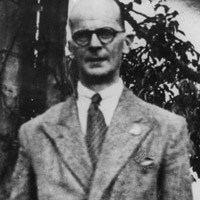
1899 - 1953
John Reginald Halliday Christie
Summary
Name:
John Reginald Halliday ChristieNickname:
The Rillington Place Strangler / The Monster of Rillington PlaceYears Active:
1943 - 1953Birth:
April 08, 1899Status:
DeceasedClass:
Serial KillerVictims:
8+Method:
StrangulationDeath:
July 15, 1953Nationality:
United Kingdom
1899 - 1953
John Reginald Halliday Christie
Summary: Serial Killer
Name:
John Reginald Halliday ChristieNickname:
The Rillington Place Strangler / The Monster of Rillington PlaceStatus:
DeceasedVictims:
8+Method:
StrangulationNationality:
United KingdomBirth:
April 08, 1899Death:
July 15, 1953Years Active:
1943 - 1953bio
John Reginald Halliday Christie was born on April 8, 1899, in Northowram, near Halifax, Yorkshire. He was the sixth child in a family of seven. His father, Ernest John Christie, was a carpet designer. He was strict and did not show much emotion. He punished his children for even small mistakes. This created a troubled relationship between John and his father. His mother and sisters treated him differently. They coddled him at times, but also bullied him.
When he was 11 years old, Christie won a scholarship to Halifax Secondary School. He excelled in mathematics, especially algebra, as well as history and woodwork. He had an IQ of 128. Christie also attended Boothtown Council School and was active in his church choir and the Scouts. After leaving school on April 22, 1913, he started working as an assistant projectionist.
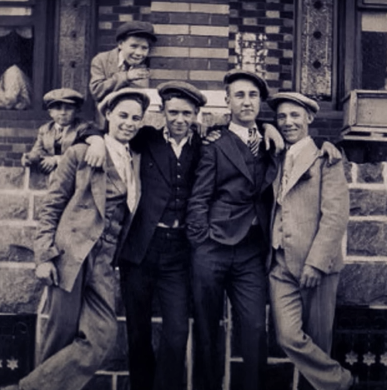
As he grew up, Christie was described by his peers as a lonely boy who kept to himself. He was not very popular. He struggled with impotence during his teenage years, and his friends gave him hurtful nicknames due to his sexual difficulties. This issue stayed with him throughout his life, and he often resorted to visiting prostitutes.
In September 1916, during World War I, Christie enlisted in the British Army. He was called up in April 1917 to serve as an infantryman with the 52nd Nottinghamshire and Derbyshire Regiment. In April 1918, he was sent to France. He served as a signalman and experienced a mustard gas attack in June 1918, which injured him and led to a stay in a military hospital in Calais. Christie later claimed this injury left him blind and mute for several years, although there is no evidence to support these claims.
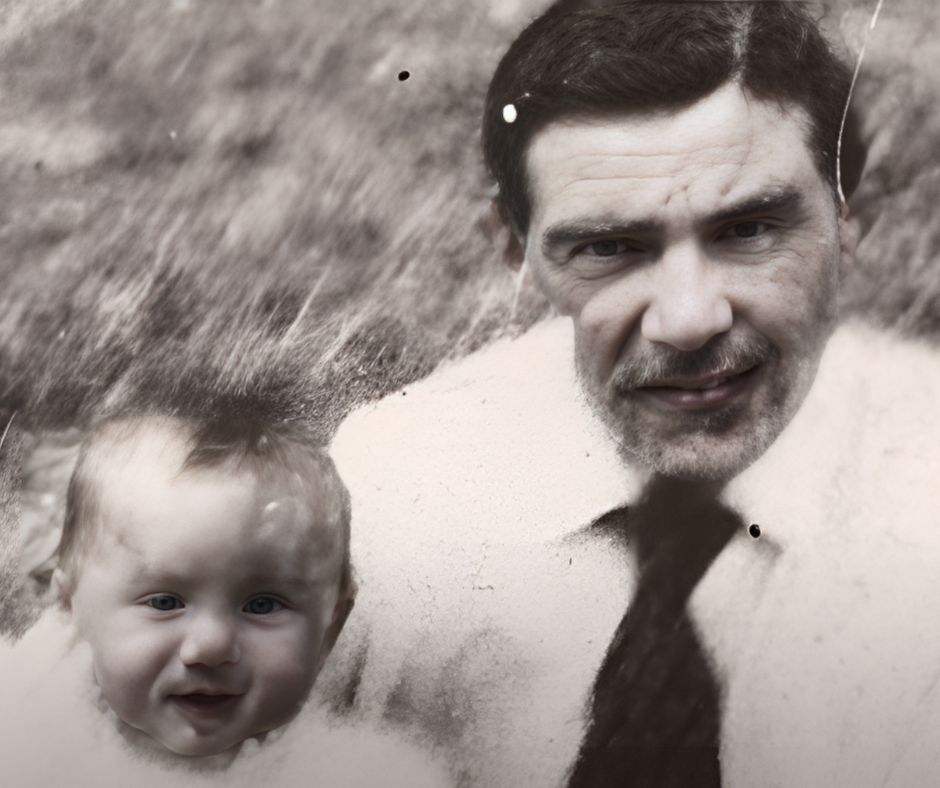
After the war, he was discharged from the army in October 1919. In December 1923, he joined the Royal Air Force but was discharged in August 1924.
Christie married Ethel Simpson on May 10, 1920. Their marriage faced many difficulties. Ethel suffered a miscarriage early on. John continued to struggle with his impotence and often visited sex workers, which caused problems in their relationship. After four years of marriage, they separated. While Ethel worked in Bradford, Christie moved to London, where he spent years in and out of prison for various offenses. In 1934, they reunited and moved into a flat at 10 Rillington Place in Notting Hill, London.
murder story
John Reginald Halliday Christie committed his murders over a span of ten years from 1943 to 1953. His methods typically involved strangling his victims after incapacitating them with domestic gas, which contained carbon monoxide. Some victims were raped while they were unconscious.
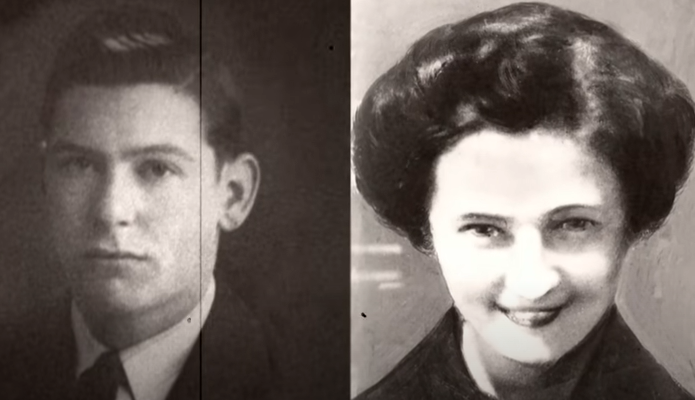
Christie's first known victim was Ruth Fuerst, a 21-year-old Austrian munitions worker. He lured her to his home on August 24, 1943, where he strangled her with a rope after they had sexual relations. He hid her body under the floorboards of his living room before burying her in the backyard.
In October 1944, Christie killed his second victim, Muriel Eady. He invited her to his flat, offering her a gas mixture he claimed would treat her bronchitis. Instead, he used coal gas to knock her out. After she was unconscious, he raped and strangled her, later burying her next to Fuerst.
In 1948, Timothy Evans and his wife Beryl moved into Christie’s building. Beryl became pregnant, and Christie offered to perform an abortion. On November 8, 1949, he killed Beryl, strangled her, and placed her body in the outdoor wash-house. He then murdered their daughter, Geraldine, wrapping her body in a cloth. The police later found their remains, leading to a wrongful conviction of Evans for both murders.
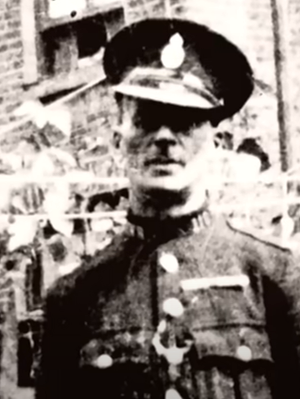
Christie continued his killing spree and murdered three more women in early 1953: Kathleen Maloney, Rita Nelson, and Hectorina MacLennan. He used a modified method involving a rubber tube attached to the gas pipe in his kitchen, allowing gas to seep into the room until his victims fell unconscious, after which he strangled them.
Christie also killed his wife, Ethel, on December 14, 1952. He strangled her in their bed and later disposed of her belongings and emptied her bank account to cover his tracks. The bodies of the women he murdered were hidden within the walls and garden of their flat at 10 Rillington Place.
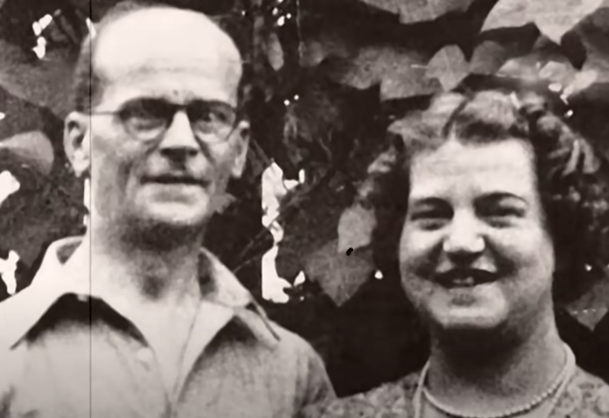
Christie eventually moved out of Rillington Place on March 20, 1953, after subletting his flat. A new tenant discovered the hidden bodies in the kitchen alcove a few days later. This led to Christie’s arrest on March 31, 1953. During police questioning, Christie confessed to several murders, including those of his wife and the two Evans victims, although he denied killing Geraldine.
He was tried for the murder of Ethel, deemed guilty, and sentenced to death. Christie was executed by hanging on July 15, 1953. His body was buried in an unmarked grave at the prison.